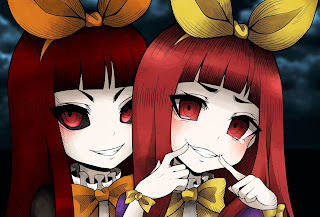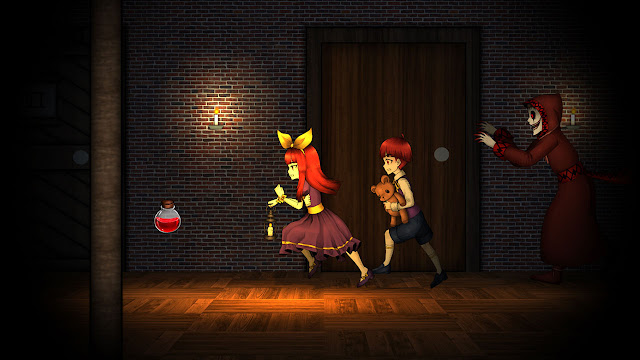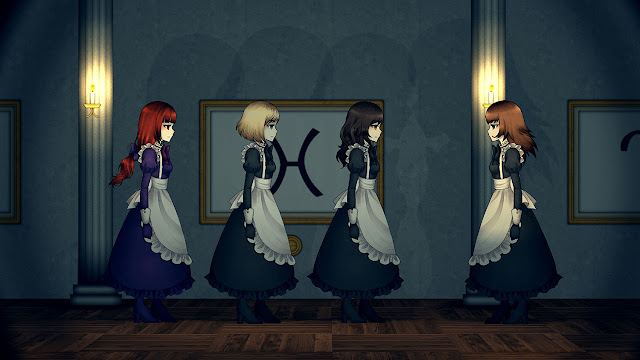Clea is the kind of game that you’ll want to champion, because it is clearly a labour of love deal. It’s the product of a largely one-man Aussie indie developer, and it comes with a strong vision, some lovely aesthetics, and all the right ideas. It’s also a little raw and doesn’t live up to its premise, but it respects the player’s time and offers a lot of promise for the future of this fledgling developer.
Clea is a stalker horror game, in which you play as a little girl and her brother, trying to escape a mansion full of creepy things. Their family has a dark past, but this game isn’t overly interested in storytelling and a lot of what is really going on is left to the imagination as you watch Clea creep along, trying to avoid the monsters. It’s the right set-up for something that’s only a couple of hours long from the start through to the finish (at a generous stretch), and is more akin to a haunted house experience than a more traditional horror game. Still, what narrative is there is the kind that will give you chills, and while the developer might be Australian, their interest in Japanese horror goes beyond the aesthetics – this thing gets Japanese spookiness down pat.
What is really distinctive and appealing about Clea, however, is how methodical it is. Clea’s standard walking pace is quite slow, and you don’t want to run too often, since running makes a lot of noise and that tends to attract all the nightmares to her location, so instead you need to methodically plod your way through the environments, carefully listening out for the sounds of monsters around. The set-up is great and I love that as a result emphasis is placed on listening and responding, rather than jump scares (the game’s blurb proudly pronounces that Clea is jump scare-free, and the developer should be proud of that since jump scares are lousy, lazy horror).
Clea doesn’t really work as stalker horror, either. At least, not in comparison to a couple of other excellent recent examples of 2D stalkers, such as The Coma and its sequel, and Creeping Terror. Clea’s monsters are all dreadfully powerful, Clea herself has no way of fighting back, and if they catch her it’s an instant game over. These are all quality features for a stalker horror, but there’s a level of precision that’s missing. For example, without needing jump scares, those other horror games have a way of surprising players with the appearance of their monsters, making the mad scramble to a hiding spot and safety tense. In Clea, you either have all the time in the world to escape (i.e. when you flush the toilet before the monster comes to investigate), or you do something silly that drops Clea right in front of the monster and results in an instant game over. I understand that the point here was more around turning these monsters into puzzles, but I would suggest that in the absence of the ability to fight back, a stalker horror needs to engage the flight response in the player. Unfortunately Clea fails to tap into either horror stimuli response.
The above may have been more palatable if the game demonstrated complexity in other ways. A deep, rich, intense narrative can go a long way to compensate for a lack of engaging gameplay, as we saw in The Coma. A relatively simple narrative is easy to roll with when an atmospheric experience is backed up with some intense moments when you’ve got to dash for your life, as we saw in Creeping Terror. And then there’s stalker horror which rests on puzzle solving to keep players involved, like White Day (which is a 3D adventure, but nonetheless in the same spirit). Clea’s third chance to catch players was that it does indeed feature puzzles. Unfortunately, they’re anything but intellectually engaging, as they don’t involve much more than fetch quests and item combinations.










